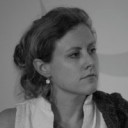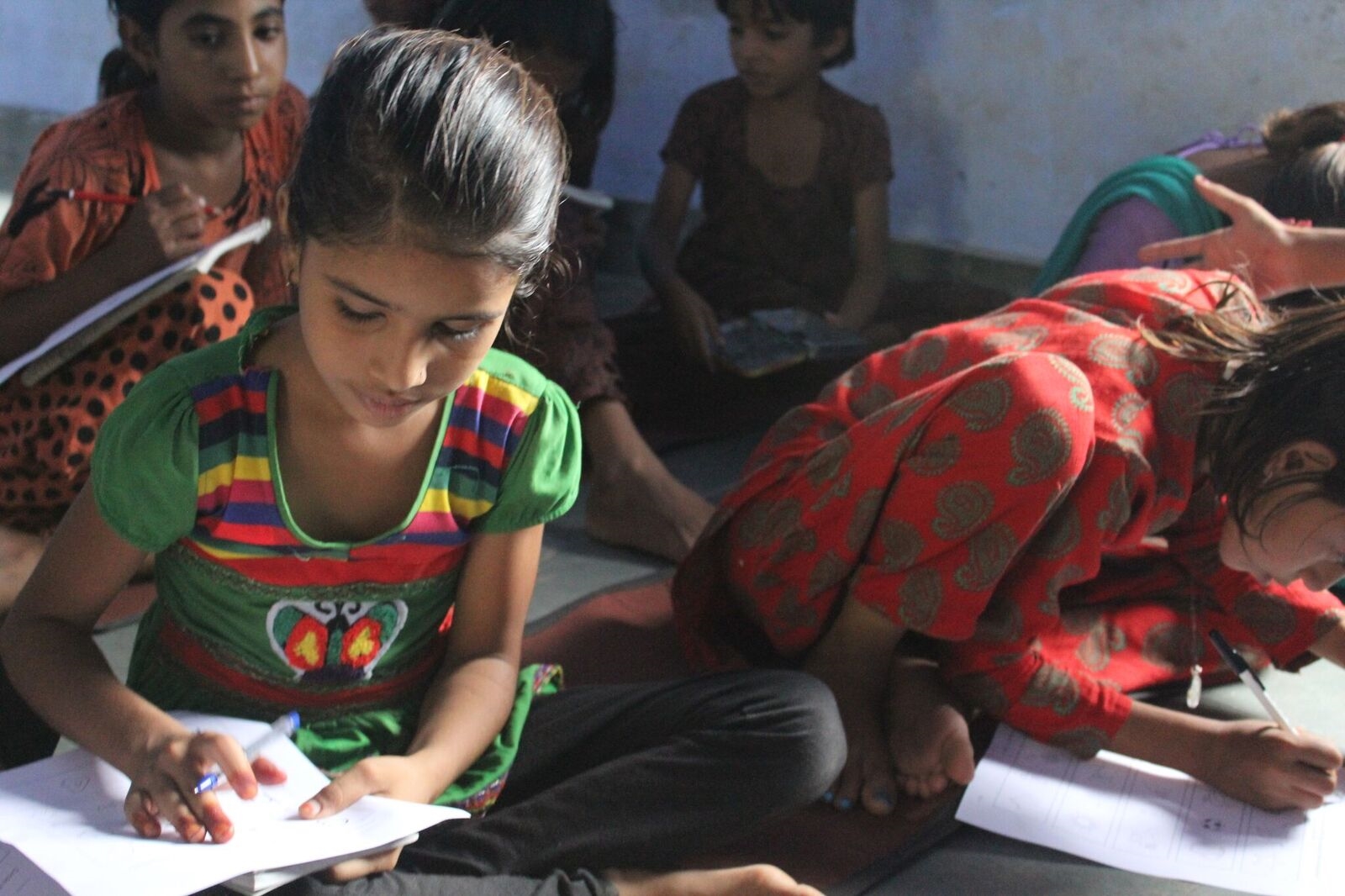The world’s only development impact bond in education continues to deliver strong outcomes as year two results are announced.
In some families in rural Rajasthan, a goat is considered an asset, and a girl, a liability. Despite progress towards universal access to education, pockets of India still lag far behind the rest of the world and girls are systematically excluded from school. This time last year I wrote about the first year results from our Development Impact Bond that is financing education for these very children.
At the time, we felt like we were flying a plane whilst building it. It was a first of its kind globally and the pace of our learning was rapid. There was a great deal of interest in our progress and that certainly hasn’t waned. Yet a year on we still find ourselves on a lonely journey, with 30[1] impact bonds in discussion in low and middle income countries, but no other contract in operation.
The Educate Girls Development Impact Bond was designed as a proof of concept to test the model of a payment by results contract with upfront funding from an investor. The investor can then receive a return on their capital if certain social outcomes are achieved.
The problem we set out to address was stark. Safeena Husain founded Educate Girls ten years ago to tackle the root causes of gender discrimination in India’s education system. Since then we have enrolled 150,000 out-of-schools girls into government schools but close to 3 million girls are still denied an education. To add to this, learning levels have declined and India is facing a colossal learning crisis.
Presented with these facts, our partners in the DIB – Children’s Investment Fund Foundation (CIFF) and UBS Optimus Foundation – were keen to fund our experiment. Not only did they want to put our theory of change to the test and seek better ways of delivering education outcomes in a remote village in Rajasthan, but they also speculated that payment by results and the incentive structure of an impact bond could eventually attract more and better funding.
Through the DIB funding we set out to enrol eligible out-of-schools girls in the remote district of Bhilwara into government primary schools across 144 villages. In the classroom, we aim to improve learning outcomes in English, Hindi and Mathematics for both girls and boys.
Our results this year show continued progress with 87.7 per cent of the three-year target enrolment now achieved and 50.3 per cent of the learning gains. After two years of the DIB programme, UBS Optimus Foundation is on track to recoup their upfront investment. If we continue this progress in our final year, they will recover 108% of their invested capital.
What lies beneath these results is another year’s worth of experience and experimentation at the field level – and a level of transformational learning that is spilling out across our organisation. This is enabling us to put our children even more firmly in the forefront of all our work.
One of the most profound things we have learnt is quite what a difference the flexibility of an outcomes based agreement makes. Changes in the data we gather and faster analysis and feedback loops have enabled field staff to tailor their approaches to enrol the hardest to reach girls. These are the girls who are excluded from school because of child marriage or the pressure to work and earn. This year, acting on data showing older girls were being left behind, over half of the girls we managed to enrol into school were aged 10 years or older.
When it comes to improving children’s learning levels, the imperative to achieve results has led us to take dramatic steps so that half way through last year we rewrote our whole curriculum. Data analysis exposed very specific gaps in the children’s learning. For example, when we saw that children were unable to do double digit subtraction, we realised they hadn’t learnt place value. This year we launched a whole new set of classroom aids to focus on building such micro competencies in both literacy and numeracy. Without the incentives arising from the DIB model we might not have made such a rapid course correction.
The flexibility given to us by having a budget based on our outcomes rather than our plans means we can be nimble and reactive to the ground realities. Before, a grant would be made on the basis of a budget and an activity plan and we would be bound to try and stick to that plan, regardless of the situation in the villages. Reporting was a box ticking exercise.
Now, we can reallocate resource where it is required and deliver our programme with the tenacity that achieves results for our girls, rather than the accountability that delivers plans.
As the service provider, we are certainly evangelical about the impact that this funding model has had on our systems, processes, people and results. We look forward to taking what we have learnt to the next level of scale. However, this instrument is certainly not a panacea for every development intervention and will only be suitable for universally agreed outcomes where there is a clear agreed upon framework for measurement.
The elephant in the room question remains: where are the outcomes funders? For intractable social problems, the question about who should pay is always a hard one to answer. Governments struggle to balance their priorities and international development funding comes under ever tighter scrutiny. In a year’s time, I very much hope to be announcing that we have met our targets, and perhaps by then we will have some companions on this important journey to crack the massive funding gap we are facing in achieving the SDGs.
Alison Bukhari is the UK director of Educate Girls.
On 29 June, the Center for Universal Education at Brrokings held a webinar to discuss the learnings and the results from the second year. Watch the recording here.




Comments (0)